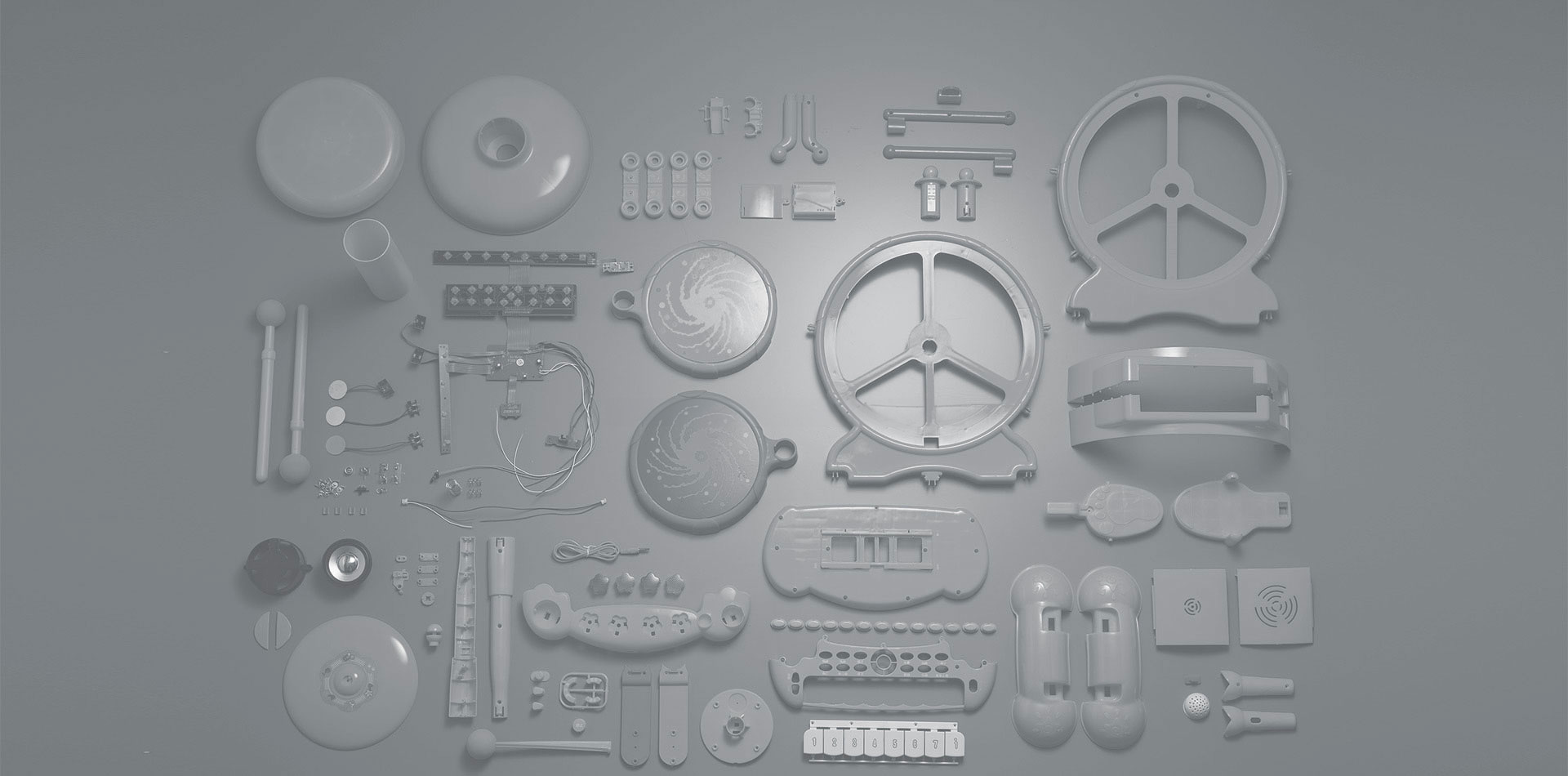Eco-Friendly Toys: Merging Fun with Environmental Responsibility
Release time:
2025-10-08
Eco-Friendly Toys: Merging Fun with Environmental Responsibility Table of Contents 1. Understanding Eco-Friendly Toys 2. The Importance of Choosing Eco-Friendly Toys 3. Materials Used in Eco-Friendly Toys 4. Popular Types of Eco-Friendly Toys for Babies and Toddlers 5. Benefits of Eco-Friendly Toys for Child Development 6. How to Choose the Right Eco-Friendly Toy 6.1. Certification
Eco-Friendly Toys: Merging Fun with Environmental Responsibility
Table of Contents
1. Understanding Eco-Friendly Toys
2. The Importance of Choosing Eco-Friendly Toys
3. Materials Used in Eco-Friendly Toys
4. Popular Types of Eco-Friendly Toys for Babies and Toddlers
5. Benefits of Eco-Friendly Toys for Child Development
6. How to Choose the Right Eco-Friendly Toy
6.1. Certifications and Standards
6.2. Age Appropriateness
7. Innovative Brands Leading the Eco-Friendly Toy Movement
8. Frequently Asked Questions (FAQs)
9. Conclusion
1. Understanding Eco-Friendly Toys
Eco-friendly toys are designed with the environment in mind, utilizing sustainable materials and manufacturing practices. These toys are crafted from natural, biodegradable resources, ensuring they do not contribute to environmental degradation. As awareness about environmental issues grows, both parents and manufacturers are increasingly focusing on sustainable practices in the toy industry.
2. The Importance of Choosing Eco-Friendly Toys
Opting for eco-friendly toys is not just a trend; it’s a responsible choice for the environment and future generations. Conventional toys often contain harmful chemicals and plastics that can pose risks to children's health and the environment. By choosing eco-friendly options, we reduce our carbon footprint, support sustainable practices, and promote healthier play environments for children.
3. Materials Used in Eco-Friendly Toys
The materials used in eco-friendly toys are crucial for ensuring safety and sustainability. Some common materials include:
- Wood: Sourced from sustainably managed forests, wooden toys are durable and biodegradable.
- Natural Rubber: Ideal for soft toys and teething products, natural rubber is free from harmful chemicals.
- Cotton and Organic Fabrics: Used in plush toys, organic cotton is grown without pesticides and synthetic fertilizers.
- Recycled Materials: Many manufacturers utilize recycled plastics and fabrics, reducing waste and conserving resources.
4. Popular Types of Eco-Friendly Toys for Babies and Toddlers
Eco-friendly toys cater to various developmental stages, providing safe and educational play experiences. Here are some popular types:
- Wooden Blocks: Promote creativity and motor skills.
- Eco-Friendly Plush Toys: Soft, cuddly, and free from harmful chemicals.
- Musical Instruments: Made from sustainable materials, encouraging auditory development.
- Art Supplies: Non-toxic paints and crayons made from natural ingredients.
5. Benefits of Eco-Friendly Toys for Child Development
Investing in eco-friendly toys offers numerous benefits for child development:
- Safety: Free from harmful chemicals, providing peace of mind for parents.
- Creativity: Eco-friendly toys encourage imaginative play and creativity.
- Social Skills: Many eco-friendly toys promote collaborative play, enhancing social interaction.
- Environmental Awareness: Introducing children to eco-friendly concepts fosters a sense of responsibility toward the planet.
6. How to Choose the Right Eco-Friendly Toy
Finding the perfect eco-friendly toy requires careful consideration. Here are some tips:
6.1. Certifications and Standards
Look for certifications such as the Global Organic Textile Standard (GOTS) or the Forest Stewardship Council (FSC) label to ensure quality and sustainability.
6.2. Age Appropriateness
Choose toys that are suitable for your child's age and developmental level to ensure safety and engagement.
7. Innovative Brands Leading the Eco-Friendly Toy Movement
Several brands are at the forefront of creating engaging and sustainable toys:
- Green Toys: Specializes in toys made from recycled materials.
- PlanToys: Utilizes sustainable wood and eco-friendly manufacturing processes.
- BeginAgain: Focuses on natural materials and eco-friendly practices.
- Hape: A leader in sustainable toy production using safe materials and fair labor practices.
8. Frequently Asked Questions (FAQs)
What are the benefits of eco-friendly toys for babies?
Eco-friendly toys are safe, non-toxic, and promote environmental consciousness, making them an excellent choice for babies.
How can I tell if a toy is truly eco-friendly?
Look for certifications and labels, read product descriptions, and research the company’s manufacturing practices.
Are eco-friendly toys more expensive than conventional toys?
While some eco-friendly toys may have a higher upfront cost, their durability and longer lifespan often make them a better investment.
Can I find eco-friendly toys in mainstream stores?
Many mainstream retailers now offer eco-friendly options due to increasing consumer demand for sustainable products.
Do eco-friendly toys maintain the same quality as traditional toys?
Absolutely! Many eco-friendly toys are designed to be just as durable and engaging as traditional toys, often exceeding safety standards.
9. Conclusion
Eco-friendly toys represent a significant step towards merging fun with environmental responsibility. By choosing toys made from sustainable materials, parents can ensure their children enjoy safe, engaging play while also nurturing a sense of environmental stewardship. Investing in eco-friendly toys not only benefits our planet but also enriches the developmental experiences of our little ones. Together, we can create a greener future, one toy at a time.

Guangdong Baoli Cultural Development Co..Ltd
NO.2 Cross-west Qujian Road, Fengxin Gangkou Industrial Park, Fengxiang in Chenghai District, Shantou City, Guangdong Province, China
Copyright © Guangdong Baoli Cultural Development Co..Ltd







